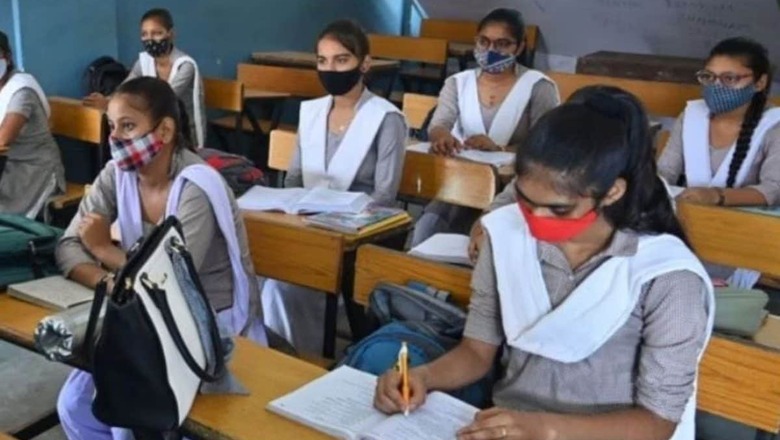
views
The Annual Status of Education Report (ASER), a comprehensive study undertaken by the Pratham Foundation, was issued today, January 17. This crucial nationwide survey carefully documents the level of basic literacy and numeracy among adolescents in India. This year’s report, titled “Beyond Basics,” covers 34,745 students from both government and private institutions spread over 28 districts in 26 states, focusing especially on youngsters in rural India between the ages of 14 and 18. ASER 2023 looks into learning objectives, enrolment trends, and the current status of digital competence and access for adolescents living in rural areas.
Enrolment Patterns and Learning Levels
The report reveals that 86.8 per cent of surveyed students aged between 14 and 18 are enrolled in educational institutions. However, enrolment declines significantly with age, with only 67.4 per cent of 18-year-olds remaining in the education system.
Another alarming statistic shows that over 26 per cent of rural Indian children aged 14 to 18 struggle to read a Class 2 textbook in their regional language. Furthermore, 42.7 per cent of children in the same age bracket had trouble reading simple English phrases.
Foundational Literacy and Numeracy (FLN) Challenges
Despite longer school years, the ASER report shows stagnation in students’ foundational literacy and numeracy skills. Shockingly, 51.6 per cent of surveyed children could not solve a basic arithmetic problem, while 56.7 per cent struggled with fundamental division sums. Basic subtraction posed a challenge for 34.7 per cent of the children surveyed. These findings underscore the pressing need for targeted interventions to enhance FLN skills among rural youth.
Higher Education Stream Preferences
The ASER 2023 survey report explores higher education levels and reveals intriguing patterns in students’ preferences for different educational streams. Around 55.7 per cent of students in Class 11 and above are enrolled in the Arts/Humanities stream, followed by STEM with 31.7 per cent and Commerce with 9.4 per cent. There is a notable gender gap, with girls (28.1 per cent) being less likely than boys (36.3 per cent) to be enrolled in the STEM stream.
Digital Access and Skills
Apart from conventional measures of schooling, ASER 2023 also explores the digital setting, offering valuable perspectives on the abilities and capabilities of adolescents living in rural regions. This component is critical in today’s environment, as technology plays an important part in education and other areas. Understanding the digital divide in rural communities is critical for developing inclusive and effective educational policies.


















Comments
0 comment